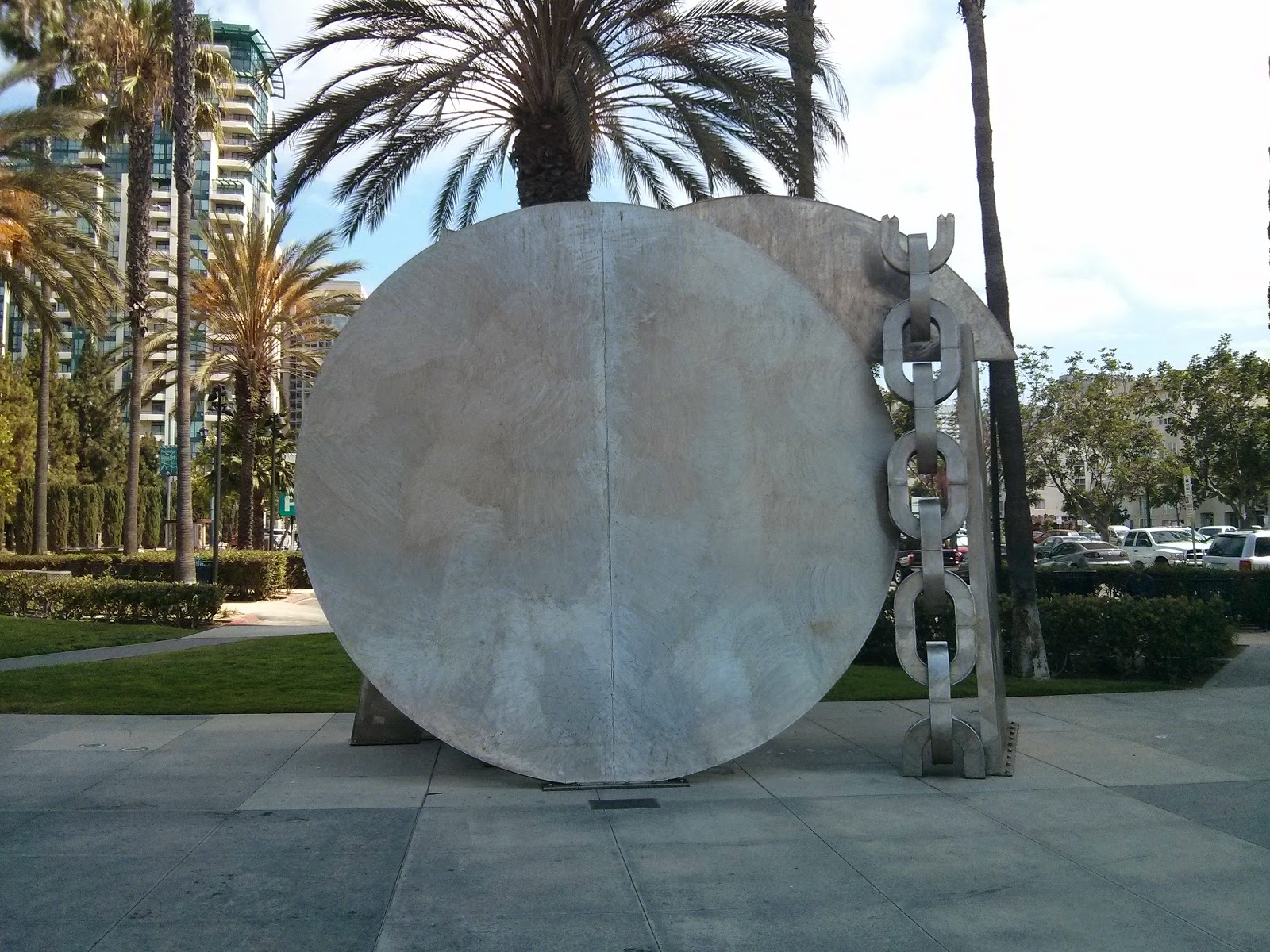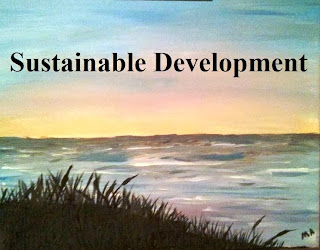The cost of education is going up in San Diego and it
has nothing to do with curriculum. According to an article in UT San Diego the
cost of electricity for public schools in San Diego County bounced to $30
million (1).
Over half of these school districts saw their electricity bills explode to over
43% in the past six months. Officials are upset as the costs are crushing their
budgets and soaking up resources. An evaluation of the long-term nature of this
problem and the possibilities of implementing solar panels is beneficial.
Installing solar panels on the roof and facilities of
San Diego schools is not an impossibility as the idea as it has already been completed
in Orange County Schools. The project costs $17 million dollars and is a 20
year commitment that generates 6.6 million kilowatt hours of solar energy per
year that removes the equivalent of the pollution of 12,000 cars per year from
the environment (Yarbrough,
2010).
The benefits of solar program will need to be
calculated through a thorough feasibility study of the use of energy, the
investment costs of solar panels, and the options for financing to ensure that
it makes sense. If it creates a net positive value for the school district and
the length of the school buildings themselves then it should be a project worth
considering.
The other issue is the use of electricity and whether
or not there are other ways to save on costs. Massachusetts’s School District changed
their lighting, thermostat control, and energy monitoring to save money
(Connell, 2014). The conservation of energy can take a nice bite out of the
cost of running the schools and can lead to tertiary learning about other ways
to improve the schools.
There are no easy solutions but one of the ones that
are most likely are using alternative sources of energy and starting to spark
San Diego into a place where sustainable development is a viable option.
Projects like water desalination and solar panel inclusion help create multiple
sources of resources. Better monitoring and using technology to reduce waste in
those systems further helps the city make it to the next stage of development.
Connell, J. (2014). A massachusetts school district’s
pioneering path to solar. Environmental
Design & Construction, 17 (8).
Yarbrough, S. (2010). Going solar in Orange County
Schools. Sustainable Facility, 35
(1).

